It’s not an exaggeration to say that volunteers are vital to the East Bay Regional Park District. With 73 parks and 121,396 acres of parkland, the district is dependent on, and committed to supporting, its volunteers. In 2017, the district had over 24,000 volunteers, who contributed 168,700 hours of service to the parks. That translates into nearly $5 million in labor, according to Independent Sector, a national nonprofit that tracks charitable works. The district’s volunteer program is a human web of support. It’s also a giant hug that goes both ways.
There are all kinds of volunteers, both district-wide and park-specific. Trail people build and maintain trails. Gardeners weed, propagate, and collect tiny and large seeds in several gardens. Bird lovers monitor western bluebirds and bald eagles, participate in field research, and pitch in on habitat conservation projects. Safety volunteers patrol the trails on foot, on bikes, or on horseback. Thousands of trained docents assist park naturalists with interpretation in the parks and at events. Not all volunteers work outside. There are also board members, website managers, newsletter editors, and book cataloguers. Oh, and we can’t forget the families, service organizations, nonprofits, and corporations that help at annual public volunteer events, when everyone is invited to get involved, like on Earth Day, the Martin Luther King Jr. Day of Service, and the annual California Coastal Cleanup.
Volunteers also help with special projects that staff wish they could complete if only they had the time. Staff at several parks are at capacity with their workloads, explains district recreation supervisor Jeremy Saito. After mowing, weeding, emptying garbage cans, and opening gates, staff members don’t always have time to do things on their wish list, like converting a lawn to a drought-tolerant garden, something volunteers at Shadow Cliffs Regional Recreation Area took on in 2017. “Our volunteers help the district meet its mission and vision,” Saito says. “We wouldn’t be able to do what we do without them.”
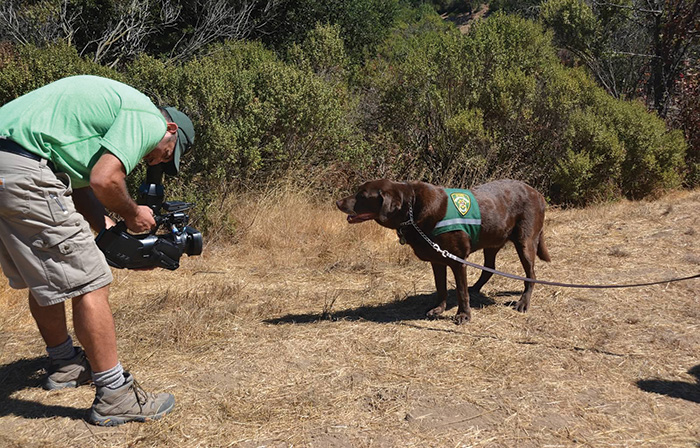
Trail Ambassadors
Christine Chesters calls herself a stay-at-home mom, but technically she’s not. Chesters hikes three times a week all over the Bay Area, and at least one of those hikes is on a trail in the East Bay Regional Park District with radio in hand.
Chesters is a member of the EBRPD’s Volunteer Trail Safety Patrol, or VTSP, as she calls it. The began in the 1970s when volunteers walked while accompanying police mounted on horseback. Over the next two decades, bicycle, hiking, and companion dog patrols followed. The marine patrol, which has been inactive, is expected to relaunch in August.
The patrollers—identifiable by their brightly colored patrol shirts—observe, report, and educate, says volunteer coordinator Heather Gilfillan. They consider safety and look for things that need fixing. They provide information and act as ambassadors for the park. And they call dispatch or park staff about damage, felled trees, or graffiti. “We’re not out there to enforce,” Gilfillan says. “If we see something happening, we educate the person about the rules or the law. If they were to be stopped by a park officer for the same infraction, they might receive a citation.”
Chesters is a member of the volunteer hiking patrol, which with 72 people has the largest number of volunteers in the EBRPD. They walk the trails, direct lost people, answer questions, and report illegal activity. “The only requirement is to be a nice, decent person,” Gilfillan says. Patrollers carry police radios and the radio dispatch unit always knows where they are. Chesters hikes alone and feels safe in the parks. “I’ve always felt comfortable there. It’s my second home,” she says.
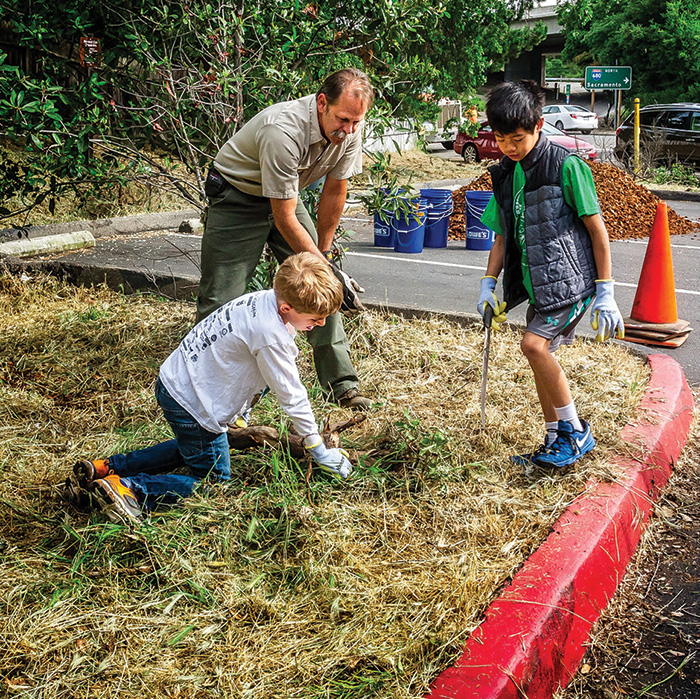
Carl LaRue, chair of the bike patrol, has volunteered for the district for 14 years. He hikes and bikes Alameda Creek Trail, Hayward Shoreline, and Coyote Hills Regional Park. It’s easy to get on the bike patrol, he says. “They just want to make sure you’re riding safely and that you know how to talk to people.”
He and Chesters agree that the education they receive is one of the best parts of volunteering for the district. Speakers at monthly meetings teach them about wildflowers, mountain lions, spiders and snakes, bats, salamanders, and blue-green algae. “When people stop and ask us questions we want to be able to help answer them,” LaRue says.
Chesters joined the Search and Rescue team because she wanted to learn even more. The six-month training includes land navigation, compass and use, wilderness first aid, rope rescue, and search management. “Search and Rescue volunteers are super helpful to our officers,” Gilfillan says. “These volunteers know their parks.”
Some of the most popular emissaries on the trail have four legs. “We have the most liberal dog policy, and a lot of people [visiting] take advantage of that,” Gilfillan says. To diplomatically counteract that, 16 volunteers and their dogs take to the trails. It’s easier for people with dogs to accept a reminder of the rules if the reminder comes from someone who also has a leashed dog. These diplomat dogs are tested and certified before they can serve and are retested annually.
Horses on the volunteer mounted patrol are also tested before they can participate: They are put through the paces on a trail ride wherein they cross a bridge over water, walk by a person on a bicycle that’s sounding a bell, and suffer the indignity of people waving colored pool noodles by their faces and rubbing them on their heads. Thirty-six people and their horses currently serve on the volunteer mounted patrol team.
Perhaps Chesters speaks for others in the program when she explains why she loves being on the VTSP. “The parks are some of the best in the Bay Area, and I meet a lot of wonderful people,” she says. “I enjoy my time out there every time I head out.”
—Aleta George

Sift the Sand
A typical day on Albany Beach, a small stretch along the east shore of San Francisco Bay, sees locals and their canine companions romping on the pale-gold sand, enjoying this often overlooked strip of land.
One day last October, the scene was a bit different. Alongside the usual beachgoers and their animals, several dozen volunteers worked in pairs to shake the sand through what looked like hammock-size nets. The wire mesh filters of the nets are coated with a polymer that captures microplastics by electrostatic attraction. The process leaves behind a beach less polluted by plastic—and also leaves piles of pillowy soft sand.
“There were beachgoers who weren’t even part of the cleanup who expressed appreciation,” says Jeremy Saito, who helped organize the “Sift the Sand” event spearheaded by the Albany Landfill Dog Owners Group. “People loved the powdery sand.”
Microplastic particles are pieces of plastic less than five millimeters long and a growing environmental problem worldwide. One of the major concerns is that aquatic organisms ingest them, either unintentionally or because the creatures mistake the particles for food. Ingestion not only can cause abrasion or blockage of organisms’ digestive tracts, but also may bring toxic side effects: Microplastics are generally created with fossil-fuel-based chemicals and impregnated with various solvents and additives like plasticizers, flame retardants, and dyes. They are capable of absorbing contaminants from the water as well. When a marine organism ingests a microplastic particle, “there is a danger of [our] absorbing these chemical contaminants,” says Rebecca Sutton, a senior scientist at the San Francisco Estuary Institute (SFEI). The extent to which absorbed chemicals may harm aquatic organisms, or humans who eat affected organisms, is largely unknown.
Sutton says the San Francisco Bay is an area of special interest for this topic because of the geography and hydrology of the Bay and because the area is so heavily urban. The Bay’s surface water appears to have a higher concentration of microplastics than other urban water bodies that have been sampled, such as Chesapeake Bay and the Great Lakes. Sutton says areas in the Bay where the tide doesn’t flush water out to the ocean as often can register even higher levels of microplastics.
California banned microbeads in personal care products in 2015 and some single-use plastic bags in 2016, part of a growing recognition that while cleanups can help mitigate the problem, there’s no long-term solution except to keep plastic from getting into the environment in the first place. “Any actions to reduce use of disposable plastic and packing plastic are thought to be useful in reducing plastic in the environment,” Sutton says.
The East Bay Regional Park District is planning a second “Sift the Sand” event in mid-October at Crown Beach in Alameda.
—Serena Ingalls
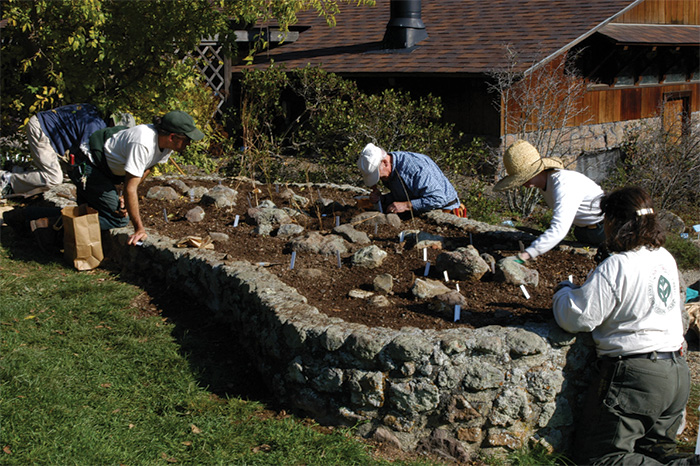
In Bloom at the Regional Parks Botanic Garden
The volunteers at the Regional Parks Botanic Garden in Tilden Park have cultivated a history they can be proud of, and one in keeping with Berkeley’s activist heritage.
In the early 1960s, the general manager of the East Bay Regional Park District announced a grand vision: Move the garden from Tilden to a 200-acre site in Anthony Chabot Regional Park. But a group of plant-passionate volunteers resisted. The Regional Parks Botanic Garden had already established 20 years’ worth of roots, argued Save the Garden, an amalgam of members from at least three volunteer garden groups and committees. They also defended the importance of the current location. An august committee of conservationists assembled by Mills College professor of botany Howard McMinn chose this spot in the late 1930s as an ecotone between inland heat and coastal influences and the northern and southern Coast Ranges. Wildcat Creek wends through the 10-acre garden like a promise. Franklin D. Roosevelt’s Works Progress Administration built the hardscape for the garden, which founding director James Roof had organized by biogeographic regions to represent 160,000 square miles of California.
The volunteers who fought the relocation won. Leonora H. Strohmaier, a founding member of the California Native Plant Society (CNPS), said in an oral history that the fight generated so much interest in preserving California’s unique native flora that the Save the Garden group evolved into CNPS.
Volunteers continue to make the garden bloom. “This is a highly managed environment, and volunteers and staff work hard to make it look easy and low care,” says Bart O’Brien, the garden’s manager. About 1,700 garden volunteers help staff with weeding, raking, and nursery work. Within that group are those who propagate plants and collect seeds for the annual spring and fall plant sales run by volunteers. The garden accepts new volunteers on an ongoing basis with no specialized training required other than signing up and showing up, O’Brien says.
The docents are a more specialized group. About 200 docents lead garden tours for schools, community groups, and the public. Training for new docents is a six-month commitment and starts in January. They learn about California plants, California natural history, history of the Botanic Garden, birds, insects, wildlife, and how to lead tours and provide interpretation.
In 1997, a group of docents from botanist Glenn Keator’s training class formed a new Friends of the Regional Parks Botanic Garden to support the garden. Friends pay for membership and provide financial support, outreach, and education. “Our volunteers are the public face of the garden and provide almost all of our education and outreach,” O’Brien says. Being a volunteer means different things to different people, he adds, but in general there are three main perks to volunteering in this sweet spot in the Berkeley Hills: You learn about the garden and California’s native plants; you are part of a thriving community; and you contribute to a visitor’s understanding of California’s native flora and fauna.
“This state is so unique in its flora,” botanist Strohmaier said in the oral history. “We have all these different kinds of climates and altitudes. We have a high percentage of endemism, if you know what that means. It means that a plant grows only in a very limited area: this is an endemic plant. I think 40 percent endemism is what California has.”
Each year, as many as 90,000 people visit the garden and browse a living collection of over 3,000 different kinds of California native plants, more than 100 of which are state and/or federally listed as rare, threatened, or endangered plant taxa. “You can see a lot of California here,” O’Brien says.
There’s nearly always something in bloom at the Botanic Garden, including the enthusiasm of the volunteers.
To volunteer at the Botanic Garden, contact bgarden@ebparks.org or call (510) 544-3169. To learn more about the Botanic Garden, classes, or events, please visit Friends of the Regional Botanic Garden website at nativeplants.org.
—Aleta George
Author and journalist Aleta George writes about the nature, culture, and history of California.
Serena Ingalls is a junior at Albany High School and an editorial intern at Bay Nature through the EDSET (Environmental Design, Science, Engineering, and Technology) program
To find more information about public volunteer events with the EBRPD, please visit ebparks.org/about/getinvolved/volunteer/events.htm.

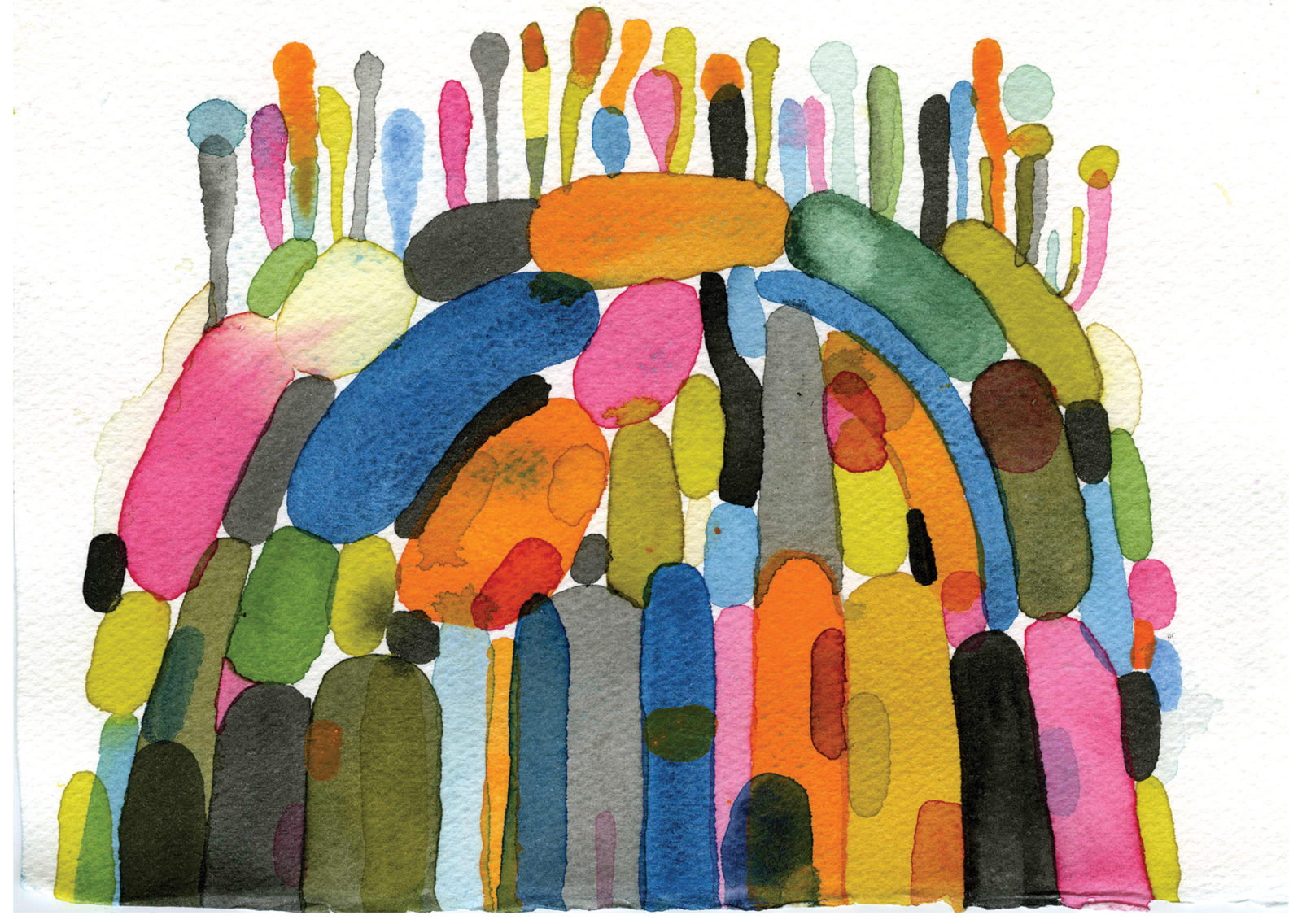
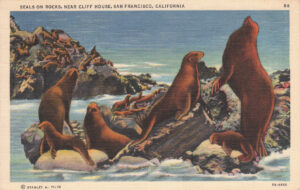
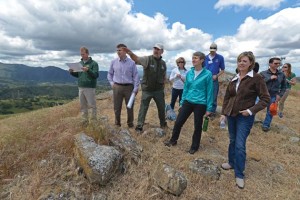

.jpg)